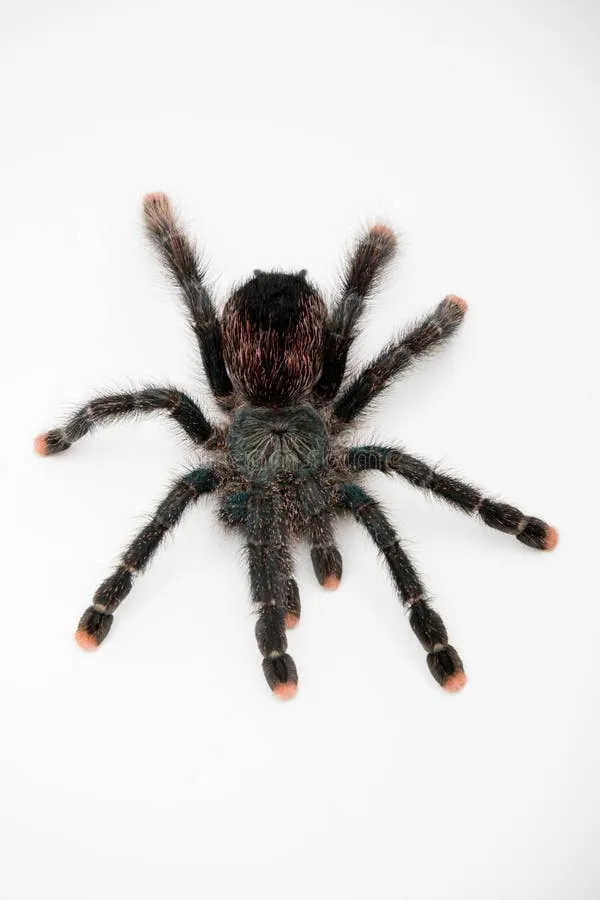Setting up a terrarium for a Pink Toe Tarantula (Caribena versicolor) is an exciting venture. These arboreal tarantulas, known for their vibrant colors and docile nature, require a carefully designed habitat to thrive. This guide will walk you through the essential steps to create an optimal and enriching environment for your Pink Toe Tarantula, ensuring its health, happiness, and longevity. From selecting the perfect enclosure to maintaining ideal humidity and temperature levels, we’ll cover everything you need to know to become a successful tarantula keeper. With the right setup, you can enjoy watching your Pink Toe Tarantula flourish in its custom-made home.
Choosing the Right Terrarium for Your Pink Toe Tarantula
Selecting the right terrarium is the first and most crucial step in creating a suitable habitat for your Pink Toe Tarantula. The enclosure must provide ample space for the tarantula to move, climb, and feel secure. It must also facilitate proper ventilation and maintain the necessary humidity and temperature gradients. Avoid using tanks that are too large, as this can make it difficult for your tarantula to find its food and feel safe. The size of the terrarium should be appropriate for the tarantula’s size, as a juvenile spider will need a smaller enclosure than an adult.
Terrarium Size and Dimensions
For a juvenile Pink Toe Tarantula, a terrarium measuring approximately 8x8x12 inches (length x width x height) is suitable. As the tarantula grows, you will need to upgrade the terrarium. A mature adult Pink Toe Tarantula requires an enclosure that is at least 12x12x18 inches. The height is particularly important for arboreal species like this, as they need vertical space for climbing and web-building. Make sure the terrarium has a secure lid to prevent escapes. Glass or acrylic enclosures are both viable options, but ensure the chosen material is durable and provides good visibility. Place the terrarium in a location away from direct sunlight, drafts, and excessive noise to minimize stress for the tarantula. (Image: pink-toe-tarantula-terrarium-size)
Ventilation is very important
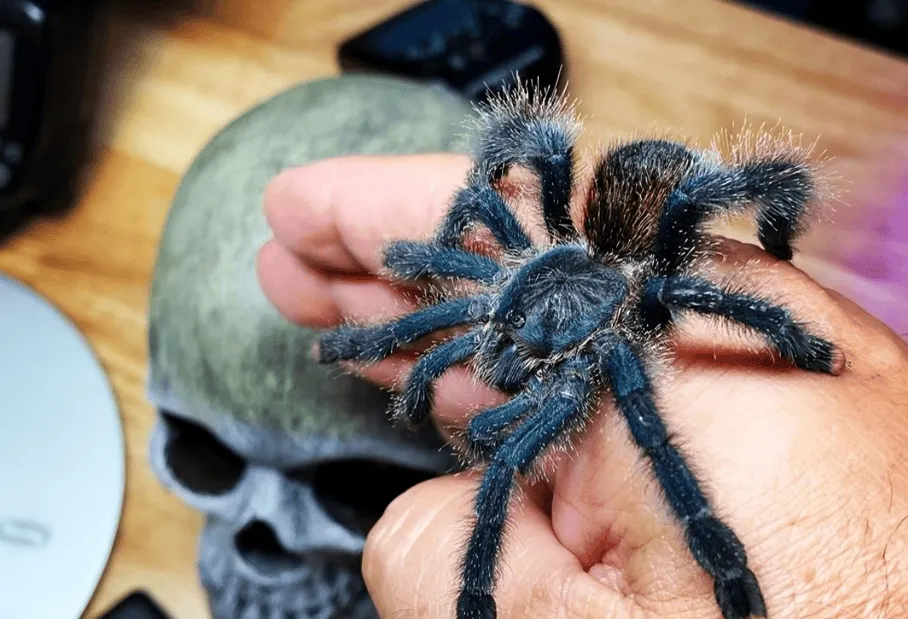
Proper ventilation is a critical factor in maintaining a healthy terrarium environment. Pink Toe Tarantulas require good airflow to prevent mold growth and respiratory issues. The terrarium should have cross-ventilation, meaning air can enter and exit from different sides. This can be achieved through vents on the top, sides, or front of the enclosure. Avoid terrariums with solid lids without ventilation, as this can lead to stagnant air and excessive humidity, which is harmful to the tarantula. Regularly inspect the terrarium for signs of mold or excessive condensation, which may indicate poor ventilation. Remember that a well-ventilated terrarium will help to keep the air fresh and prevent the buildup of harmful gases. (Image: pink-toe-tarantula-ventilation)
Creating a Natural Substrate for Pink Toe Tarantula
The substrate is the foundation of your Pink Toe Tarantula’s terrarium, providing a natural environment that supports its well-being. The right substrate helps to maintain humidity, allows the tarantula to burrow if it desires, and creates a visually appealing habitat. It also helps to absorb waste and provides a surface for the tarantula to grip and move around. The choice of substrate should prioritize safety, functionality, and aesthetics. A well-chosen substrate will make your tarantula feel safe, which in turn will minimize stress and allow it to live longer.
Best Substrate Options
A mix of substrates is often the best way to create a healthy environment. A popular and effective substrate for Pink Toe Tarantulas is a mixture of coconut fiber (coir), peat moss, and a small amount of vermiculite. Coconut fiber is excellent at retaining moisture and helps to maintain humidity. Peat moss adds a natural look and helps in moisture retention. Vermiculite further enhances moisture retention and aeration. Avoid substrates that are dusty or contain chemicals, as these can be harmful to the tarantula. Ensure the substrate is at least 2-4 inches deep to provide adequate moisture retention and allow the tarantula to burrow if it chooses. The substrate should be changed every few months or when soiled to maintain a clean and healthy environment for your pet. (Image: pink-toe-tarantula-substrate)
Why you must have plants
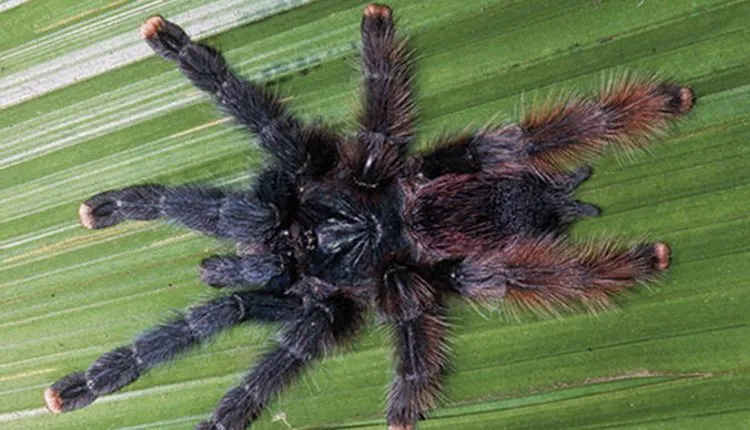
Adding live or artificial plants to your Pink Toe Tarantula’s terrarium enhances the habitat and provides additional benefits. Live plants help to maintain humidity through transpiration, which is the process of water moving through a plant and evaporating from aerial parts, such as leaves, stems and flowers. They also create a more natural environment, which can reduce stress and encourage natural behaviors in your tarantula. Choose plants that are non-toxic, such as snake plants, pothos, or small bromeliads. Artificial plants are a good alternative if you are not keen on caring for live plants. They provide a place for the tarantula to hide and feel secure. Whether you use live or artificial plants, make sure they are securely anchored and do not pose a risk of injury to your tarantula. (Image: pink-toe-tarantula-plants)
Humidity and Temperature Control
Controlling humidity and temperature is crucial for the health and well-being of your Pink Toe Tarantula. These tropical creatures thrive in specific environmental conditions, and maintaining these conditions will ensure that your tarantula remains healthy and happy. Monitoring and adjusting the humidity and temperature are essential parts of tarantula care. Regular checks and adjustments will contribute to a stable and suitable environment.
Monitoring Humidity levels
Pink Toe Tarantulas require a humidity level of 70-80%. To measure humidity, use a hygrometer. This device will provide accurate readings of the moisture levels within the terrarium. If the humidity is too low, you can mist the enclosure with dechlorinated water, especially in the mornings and evenings. Ensure the terrarium has adequate ventilation to prevent the buildup of excessive humidity, which can lead to mold and fungal growth. You can also increase humidity by adding more moisture-retaining substrate or placing a water dish inside. Consistency in humidity levels is key for successful tarantula care. (Image: pink-toe-tarantula-humidity)
How to measure the temperature
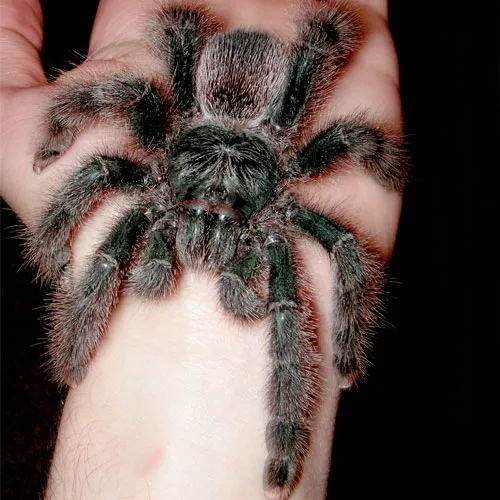
The ideal temperature range for a Pink Toe Tarantula is between 75-85°F (24-29°C). Use a thermometer to monitor the temperature inside the terrarium. Place the thermometer at the middle level of the enclosure. Avoid placing the terrarium in direct sunlight, as this can cause the temperature to rise to dangerous levels. If the temperature is too low, you can use a low-wattage heat source, such as a heat mat placed on the side of the terrarium. Always monitor the temperature to ensure it remains within the desired range. The heat source should not be in direct contact with the tarantula. The temperature gradient helps to simulate natural conditions, and it allows the tarantula to choose the temperature that best suits its needs.
Essential Decor and Hiding Places
Providing appropriate decor and hiding places is essential for the psychological well-being of your Pink Toe Tarantula. Tarantulas are shy creatures and need a place to retreat and feel secure. Decor should also mimic the natural environment and provide opportunities for climbing and exploration. The right decor will reduce stress and encourage natural behaviors, contributing to a healthier and happier tarantula.
Providing Climbing Branches
Since Pink Toe Tarantulas are arboreal, they need climbing structures. Provide branches, cork bark, or other climbing materials that allow your tarantula to move around the enclosure. Place these structures strategically to provide various levels of elevation. Make sure the decor is secure and doesn’t pose a risk of falling or injury. The climbing structures will give your tarantula a sense of security and encourage natural behaviors, such as web-building and exploring its environment. Choosing the right type of climbing structures can enhance the aesthetics of the terrarium. (Image: pink-toe-tarantula-decor)
Adding a Water Dish
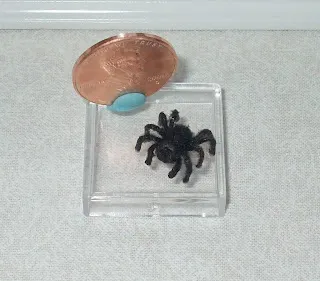
A shallow water dish is essential for your Pink Toe Tarantula. The water dish provides a source of fresh water for drinking and helps to maintain humidity. Choose a dish that is shallow enough to prevent the tarantula from drowning, but large enough for it to easily access the water. Change the water in the dish every 1-2 days to ensure it remains clean and free of debris. Ensure the water is dechlorinated or use bottled water, as tap water can contain harmful chemicals. Regularly cleaning the water dish is an essential part of maintaining the health and well-being of your tarantula.
Feeding and Maintenance
Proper feeding and regular maintenance are essential for the health and longevity of your Pink Toe Tarantula. A well-maintained terrarium and a balanced diet are key to ensuring your tarantula thrives. Consistent routines and attention to detail will create a favorable environment. Remember, a healthy tarantula is a happy tarantula, and a bit of effort goes a long way in providing excellent care.
How to Keep a Clean Terrarium
Regular cleaning is necessary to keep your Pink Toe Tarantula’s terrarium in optimal condition. Spot clean the terrarium regularly by removing any uneaten food, molted exoskeletons, and waste. Replace the substrate every few months or as needed, depending on how quickly it becomes soiled. Clean the water dish and decorations regularly to prevent the buildup of bacteria and other contaminants. Use a mild, pet-safe cleaning solution to wipe down the inside of the enclosure when necessary. The frequency of cleaning may vary, but it’s important to maintain a clean and hygienic environment to prevent potential health problems and ensure the well-being of your tarantula. This will also prevent unpleasant odors. It’s also very important to wash your hands after cleaning the terrarium. (Image: pink-toe-tarantula-feeding)
Feeding your Pink Toe Tarantula
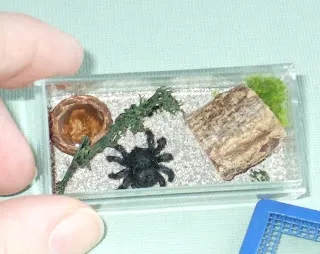
Pink Toe Tarantulas are primarily insectivores. Feed them a diet of appropriately sized insects, such as crickets, mealworms, roaches, and other feeder insects. The size of the prey should be approximately the size of the tarantula’s body. Feed juveniles 2-3 times per week, while adults can be fed every 1-2 weeks. Remove any uneaten insects after 24 hours to prevent them from stressing the tarantula. Always ensure the insects are gut-loaded before feeding, meaning they are fed nutritious food before being offered to the tarantula. Gut-loading ensures that the tarantula receives all essential nutrients. Provide fresh water at all times, and monitor the tarantula’s feeding habits and overall condition. A healthy tarantula will have a plump abdomen and should be active and alert.
In conclusion, setting up a Pink Toe Tarantula terrarium is a rewarding experience. By following these guidelines and providing the right environment, you can create a thriving habitat for your tarantula to flourish. Remember that careful planning and consistent maintenance are key to the long-term health and happiness of your Pink Toe Tarantula. Enjoy the fascinating world of tarantula keeping and watch your Pink Toe Tarantula thrive in its well-designed terrarium.
